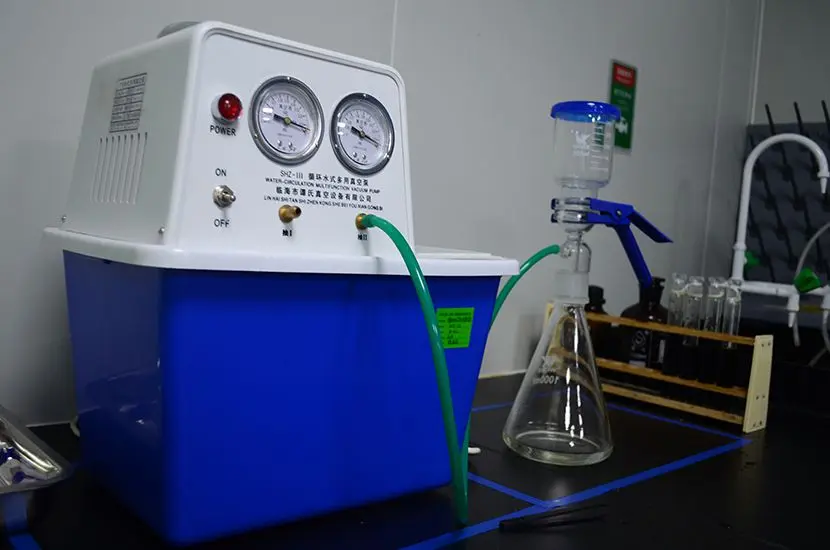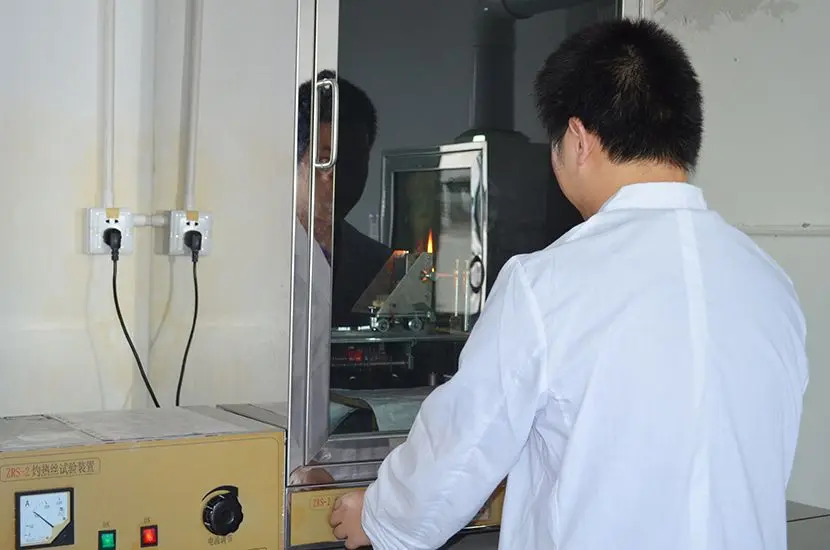
Medical Device Package Testing
Medical device package testing is a critical aspect of the medical device industry. Its purpose is to ensure that medical devices remain safe and effective during transportation, storage, and use. Since medical devices are often used in life-critical situations, any oversight in packaging design or testing can have severe consequences. Scientific package testing not only ensures the safety of the device but also extends its lifespan while REDucing the risks of contamination and damage. This article delves into the key steps and significance of medical device package testing.

Overview of Medical Device Package Testing
Medical device package testing verifies whether packaging materials, designs, and structures can adequately protect devices. These tests evaluate the packaging's resistance to various environmental conditions such as temperature, humidity, pressure, shock, and vibration. This ensures that medical devices remain intact and safe during transportation and storage.
Testing must comply with international standards (e.g., ISO 11607, ASTM) and national standards (e.g., GB/T 19633.1). Additionally, testing procedures shoULd be tailored to the device's characteristics, usage scenarios, and transportation requirements. The testing scope typically includes material selection, packaging seal integrity testing, durability testing, and aging tests.

Common Standards and Methods
1. Accelerated Aging: Simulates the aging process using ASTM F1980 or YY/T 0681.1 to evaluate durability and performance over time.
2. Burst Strength Testing: Assesses the packaging's resistance to pressure based on ISO 2758 or ASTM F1140/F2054.
3. Vacuum Leak Test: Uses ASTM D3078 or GB/T 15171 to ensure the packaging is sealed properly.
4. Sterile Barrier Seal Integrity: Validates seal integrity with ASTM F1929 or ASTM F1886/F1886M.
5. Peel Properties: Measures adhesive strength per EN 868-5 Appendix E or YY/T 0681.2.
6. Seal Strength: Tests seal resistance to pressure using ASTM F88/F88M or EN 868-5.
7. Air Permeability: Assesses breathability according to ISO 5636-3 or ASTM F2981.
8. Flex Durability: Evaluates friction resistance with ASTM F392 or YY/T 0681.12.
9. MICrobial Barrier: Validates protection against microbes using ASTM F1608 or YY/T 0681.10.
10. Tear Resistance: Tests material strength per GB/T 455 or ASTM D1922.
11. Oxygen Transmission Rate: Verifies gas barrier properties using iso 11607-1 Annex C.

Key Steps in Medical Device Package Testing
1. Material Selection and Validation
The choice of materials directly affects packaging performance. Sterile devices require materials with excellent barrier properties to prevent microbial intrusion, while larger devices demand high-strength outer packaging to resist mechanical damage. Validation includes tests for durability, microbial barrier performance, and biocompatibility.
2. Packaging Seal Integrity Testing
Seal integrity is crucial to maintaining a sterile environment. Methods such as bubble testing, dye penetration, and vacuum decay are used to detect micro-cracks or seal defects, ensuring packaging integrity.
3. Durability Testing
Durability tests simulate transportation conditions such as vibration, drops, and compression to verify packaging's ability to withstand harsh environments.
4. Aging Tests
Aging tests evaluate the long-term stability of packaging materials under varying temperature and humidity conditions to ensure consistent protective performance.
5. Microbial Barrier Testing
This step verifies the sterile barrier's ability to block microbial penetration, critical for ensuring device sterility and patient safety.

Significance of Package Testing in the Medical Device Industry
1. Minimizing Damage Risks: Rigorous testing reduces the likelihood of damage during transportation and storage.
2. Extending Shelf Life: Ensures packaging stability, reducing waste from packaging failures.
3. Enhancing Market Competitiveness: High-standard testing ensures compliance with international regulations and smooth market entry.
The Need for Professional Laboratories
Medical device package testing is a highly specialized field involving complex technologies and standards. Choosing a certified laboratory is essential as its technical capabilities and expertise directly influence the accuracy and reliability of test results.
China JJR Laboratory
As a leading medical device testing laboratory in China, JJR Laboratory offers:
- Comprehensive Testing Services: Material validation, seal integrity testing, durability testing, and aging tests.
- Globally Recognized Reports: Compliant with EU, FDA, and other global regulations.
- Diverse Expertise: Additional testing services include biocompatibility, electrical safety, and chemical characterization.
By choosing JJR Laboratory, you gain professional and efficient testing services to ensure product safety and compliance, providing strong support for entering global markets.
Scientific package testing not only ensures the safety and effectiveness of medical devices but also fulfills the responsibility of safeguarding every user's health and safety.
More:CE Certification mark | UL Certification cost | RCM Certification | UN38.8 battery
Email:hello@jjrlab.com
Write your message here and send it to us
 How to Test IP68 Rating
How to Test IP68 Rating
 Differences Between FDA and LFGB for Food Contact
Differences Between FDA and LFGB for Food Contact
 Process and Precautions for Amazon CPC Certificate
Process and Precautions for Amazon CPC Certificate
 E-mark Certification Testing Service Laboratory
E-mark Certification Testing Service Laboratory
 Amazon ISO/IEC 17025 UL Testing Service Laboratory
Amazon ISO/IEC 17025 UL Testing Service Laboratory
 How to get CE Certification for Lighting Products?
How to get CE Certification for Lighting Products?
 CE Certification Standards & Process for Elect
CE Certification Standards & Process for Elect
 Japan METI Registration & Japanese Agent Servi
Japan METI Registration & Japanese Agent Servi
Leave us a message
24-hour online customer service at any time to respond, so that you worry!




